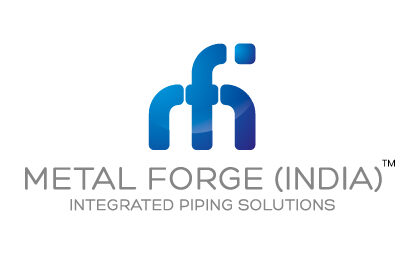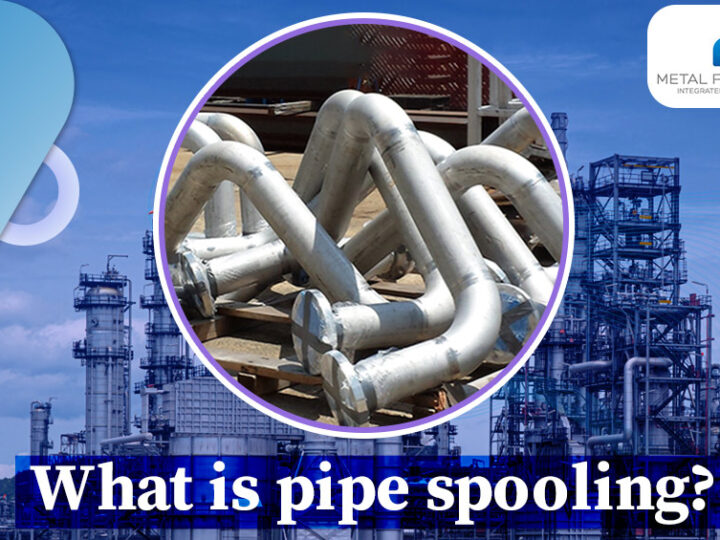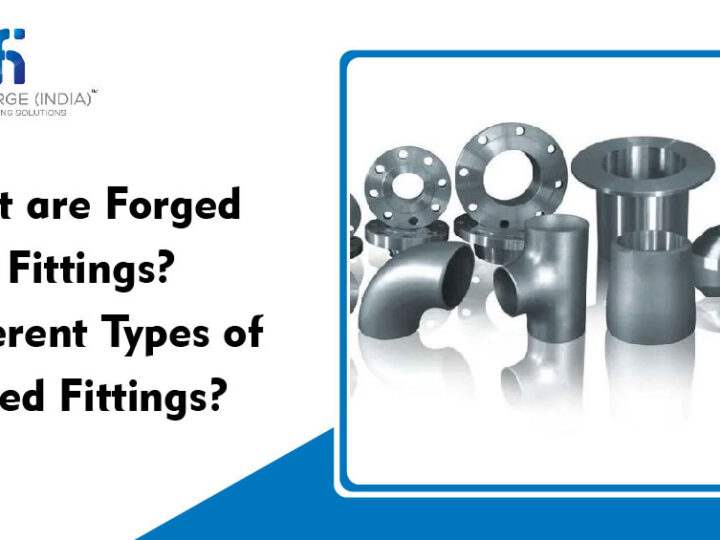
When it comes to piping systems, choosing the right components is crucial for the success of your project. Two common options for connecting pipes are pipe spools and pipe fittings. But which one is the right choice for your specific needs? In this blog post, we will explore the differences between pipe spools and pipe fittings, and help you determine which option is best for your project.
Pipe Spools: What are They?
Pipe spools are prefabricated components that consist of pipes, flanges, and other fittings. They are typically used in industrial piping systems and are designed to simplify the installation process. Pipe spools are manufactured off-site, allowing for greater precision and quality control. Once completed, they are delivered to the project site and can be easily connected to the existing piping system.
Pipe Fittings: An Overview
Pipe fittings, on the other hand, are components that are used to connect pipes of different sizes or shapes. They come in a variety of materials, including steel, copper, and PVC, and are available in numerous configurations, such as elbows, tees, and couplings. Pipe fittings are typically installed on-site and require more labor and time to assemble compared to pipe spools.
The Advantages of Pipe Spools
The use of pipe spools in industrial and commercial projects offers a multitude of advantages that go beyond time and cost savings.
In addition to the benefits mentioned, pipe spools also contribute to a safer work environment. Prefabricating pipe spools off-site reduces the need for extensive on-site welding and cutting, thereby minimizing the potential for accidents and injuries. This not only enhances the overall safety of the project but also reduces the risk of project delays and associated costs due to workplace incidents.
Furthermore, the design flexibility provided by pipe spools allows for customization to fit specific project requirements. Whether it’s for complex piping configurations, large-scale installations, or intricate designs, pipe spools can be tailored to meet the unique needs of a project. This adaptability not only streamlines the installation process but also ensures a precise fit, minimizing the potential for rework and adjustments on-site.
Another significant advantage of pipe spools is their ability to enhance the overall quality and consistency of the piping system. By being fabricated in controlled environments, pipe spools are produced with greater precision and adherence to industry standards. This results in a higher level of quality control, reducing the likelihood of defects and ensuring the longevity and reliability of the installed piping system.
Moreover, the use of pipe spools can have positive environmental impacts. Off-site fabrication minimizes material waste and reduces the environmental footprint of the construction site. Additionally, the controlled manufacturing environment of pipe spools allows for better management of resources, contributing to sustainable construction practices.
It’s important to note that the advantages of pipe spools extend beyond their initial installation. Their modular nature facilitates easier maintenance and repairs, as individual spools can be replaced or upgraded without disrupting the entire piping system. This modularity not only simplifies future maintenance but also contributes to long-term cost savings and operational efficiency.
The Benefits of Pipe Fittings
In addition to their flexibility and customization options, pipe fittings also offer the benefit of easy installation and maintenance. They can be easily disassembled and reassembled, making repairs and modifications quick and efficient. This can result in cost savings and reduced downtime for the piping system.
Furthermore, pipe fittings come in a variety of materials, including stainless steel, brass, copper, and PVC, allowing for compatibility with different types of piping systems and applications. This versatility makes them suitable for a wide range of industries, from plumbing and HVAC to industrial and chemical processing.
Another benefit of pipe fittings is their ability to create secure and leak-proof connections. Properly installed fittings can ensure a tight seal, preventing leaks and minimizing the risk of system failure. This reliability is essential for maintaining the integrity and efficiency of the piping system.
Additionally, pipe fittings can be designed to meet specific requirements, such as high pressure or temperature applications. This ensures that the piping system can perform optimally under demanding conditions, enhancing safety and operational efficiency.
Which Option is Right for You?
Ultimately, the choice between pipe spools and pipe fittings will depend on the specific requirements of your project. If you are looking for a cost-effective and efficient solution, pipe spools may be the best choice for you. On the other hand, if you require a high level of customization and flexibility, pipe fittings may be the better option.
Conclusion
In conclusion, both pipe spools and pipe fittings have their own unique advantages and applications. By understanding the differences between the two options, you can make an informed decision that will best meet the needs of your project. Whether you choose pipe spools or pipe fittings, it is important to work with a reputable manufacturer or supplier like Metal Forge India, to ensure the quality and reliability of the components you use.





